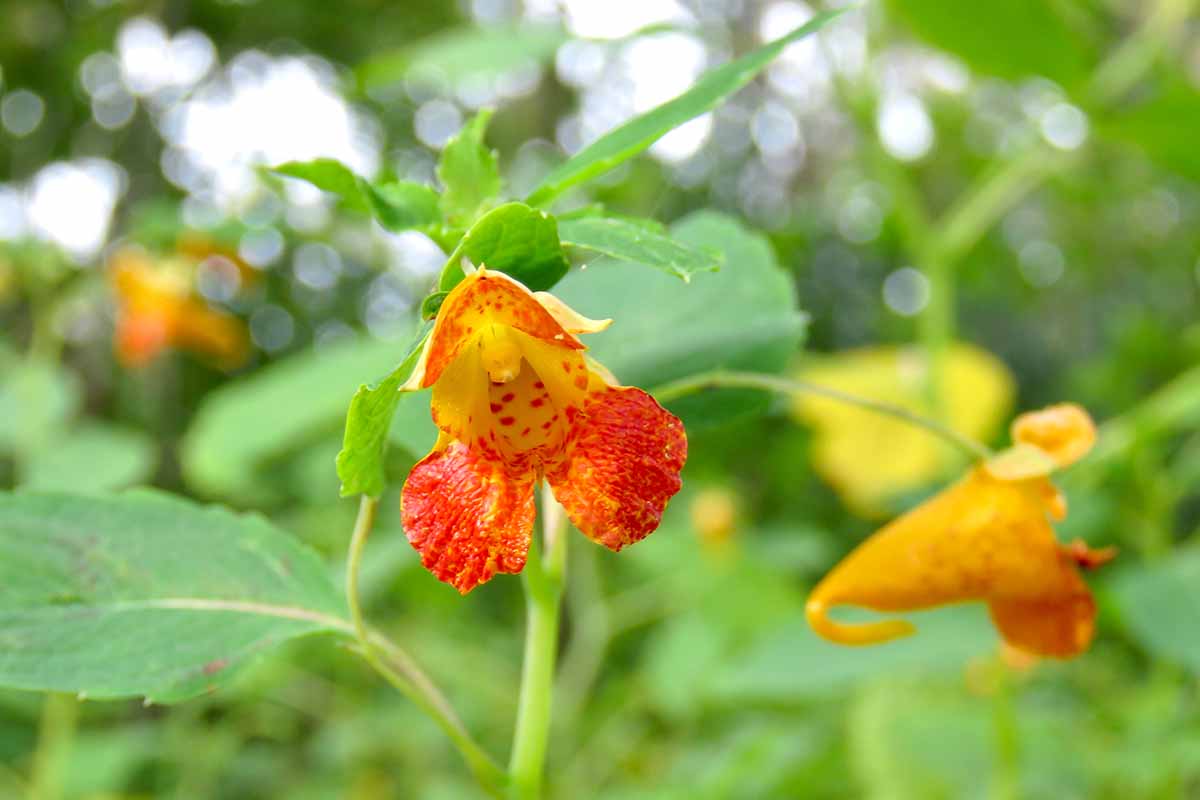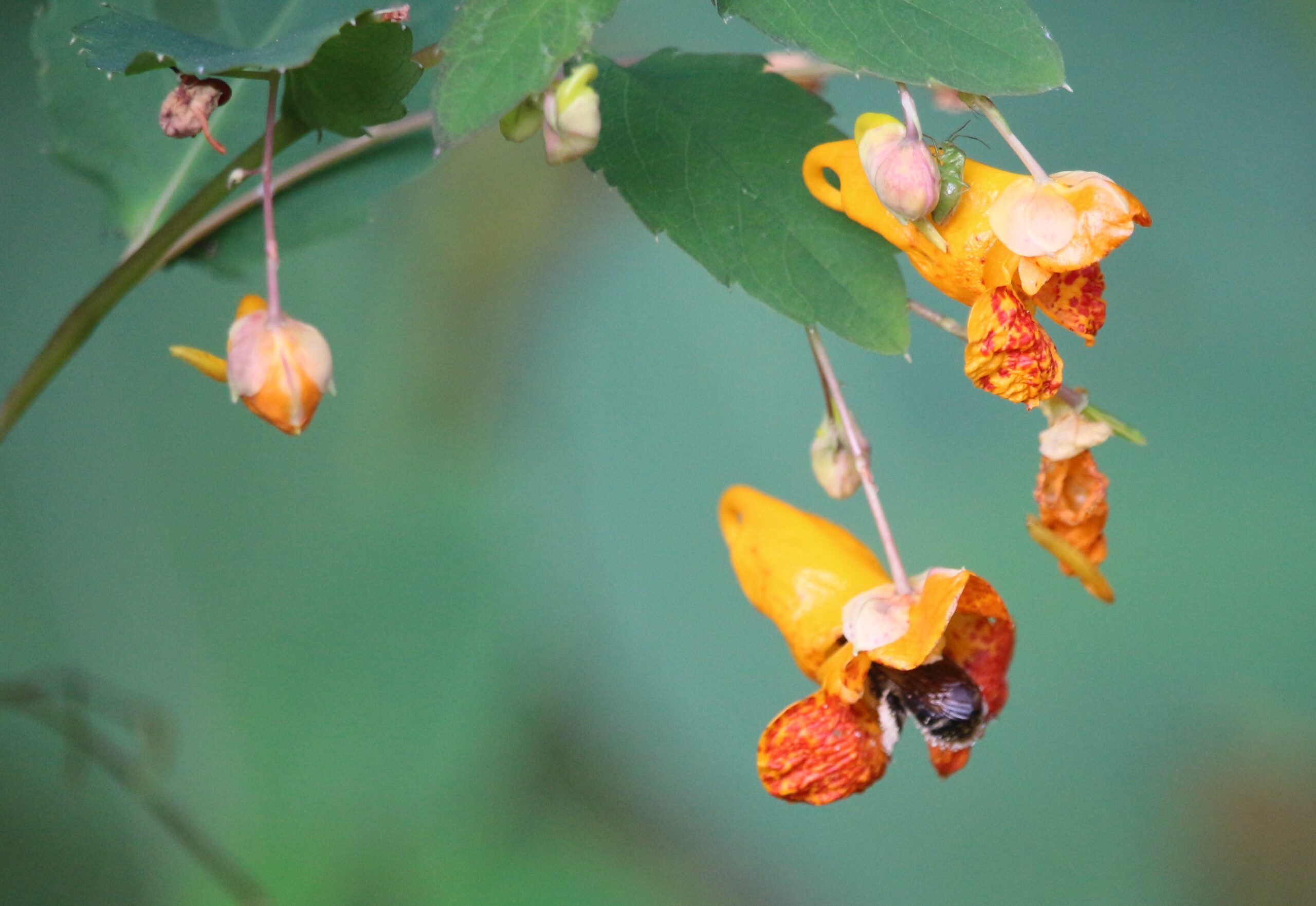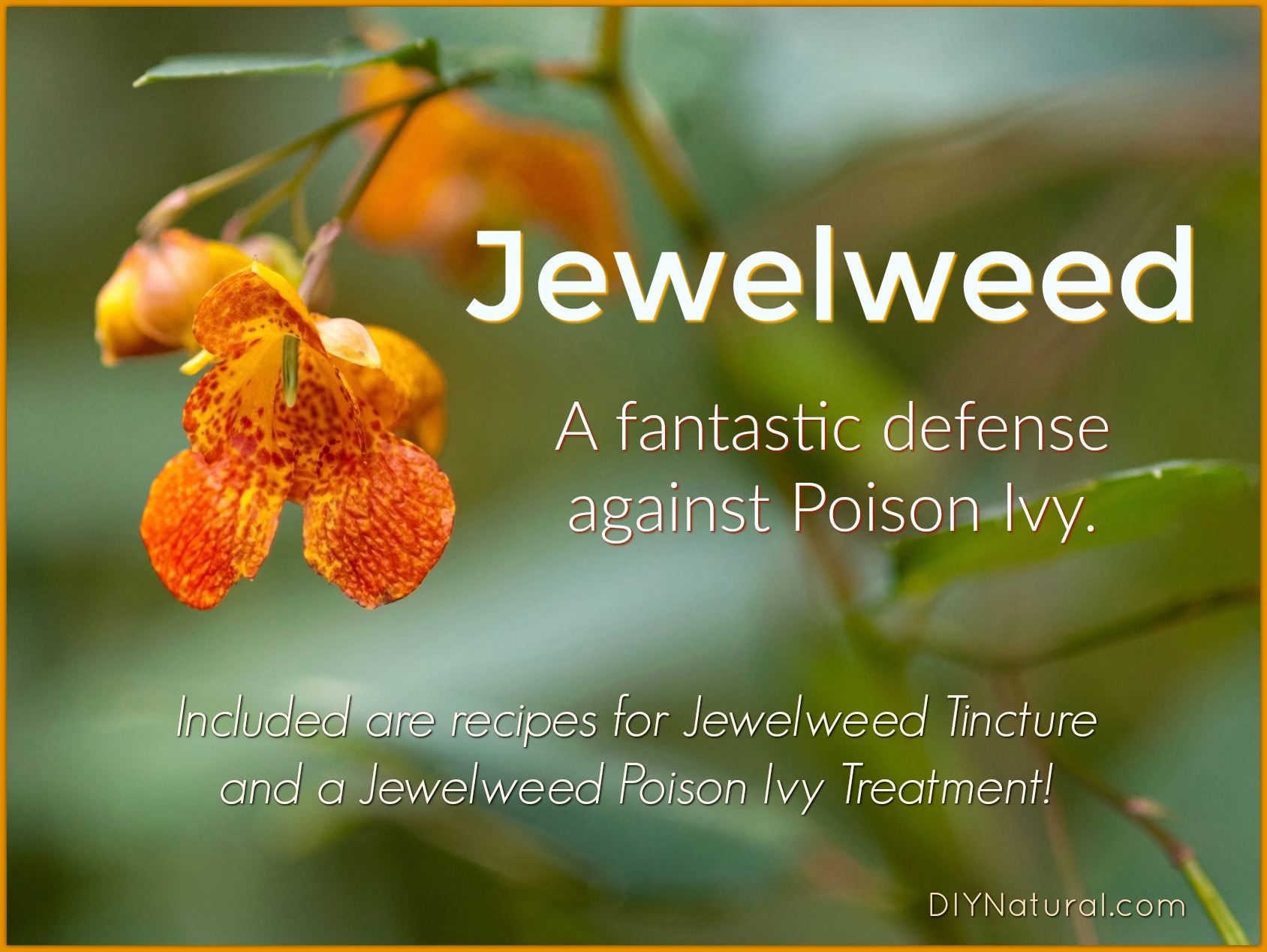Jewelweed: The Natural Remedy For Poison Ivy
Title: Jewelweed: The Natural Remedy for Poison Ivy
Introduction
Poison ivy is a common plant that can cause an itchy, blistering rash in people who come into contact with its sap. While there are over-the-counter medications that can help relieve the symptoms of poison ivy, some people prefer to use natural remedies. One such remedy is jewelweed, also known as touch-me-not or Indian paintbrush.
Jewelweed is a wildflower that grows in moist areas throughout North America. It has bright orange or yellow flowers and a distinctive trumpet-shaped bloom. The plant's sap contains compounds that are thought to help neutralize the urushiol oil that causes the rash from poison ivy.
Main Content
There is some scientific evidence to support the use of jewelweed for poison ivy. A study published in the Journal of Ethnopharmacology found that crushed jewelweed was effective in reducing the severity of poison ivy rash. Another study, published in the Journal of Biological Response Modifiers, found that jewelweed extract was able to inhibit the growth of urushiol-induced skin lesions.
While jewelweed is generally considered safe for most people, it is important to note that there is no guarantee that it will work for everyone. If you have a severe case of poison ivy, it is best to see a doctor.
Here are some tips for using jewelweed to treat poison ivy:
- Collect jewelweed leaves as soon as possible after coming into contact with poison ivy.
- Crush the leaves to release the sap.
- Apply the sap to the affected area of skin.
- You can also make a jewelweed salve or ointment by combining the crushed leaves with a carrier oil, such as olive oil or coconut oil.
- Apply the salve or ointment to the affected area of skin several times a day.
Conclusion
Jewelweed is a natural remedy that may be effective in treating poison ivy. If you have a mild case of poison ivy, you can try using jewelweed to see if it helps. However, if you have a severe case of poison ivy, it is best to see a doctor.
Image of jewelweed
10 different images of jewelweed that are free to use:
- Jewelweed plant in full bloom. The flowers are trumpet-shaped and range in color from orange to yellow.

- Close-up of a jewelweed flower. The flower is made up of five petals and a central stamen.
- Jewelweed plant growing in a stream. The plant has thick, fleshy stems that help it to survive in wet conditions.

- A cluster of jewelweed pods. The pods are filled with tiny seeds that are dispersed when the pods burst open.

- A jewelweed leaf. The leaves are oval-shaped and have a smooth, waxy surface.
- A jewelweed plant in the sun. The plant's leaves and flowers turn a darker shade of orange when they are exposed to sunlight.
- A jewelweed plant in the shade. The plant's leaves and flowers are a lighter shade of orange when they are grown in shade.
- A jewelweed plant in a garden. Jewelweed is a popular addition to wildflower gardens.

- A jewelweed plant in a pot. Jewelweed can also be grown in pots indoors or outdoors.
- A jewelweed plant being used to treat a poison ivy rash. Jewelweed has been used for centuries to treat the symptoms of poison ivy rash.


Post a Comment for "Jewelweed: The Natural Remedy For Poison Ivy"